The Tennessee Artists Association (TAA)
is a non-profit organization based in Knoxville serving artists in East Tennessee. TAA was created by artists for artists of all levels and abilities.
TAA holds monthly meetings with art-centric programming and provides members with the opportunity to show and sell their art in regional locations consisting of juried shows, non-juried shows, art centers, municipal offices and restaurants.
OUR MEETINGS consist of practical art demos, artist spotlights, discussions and technology training.
THIRD TUESDAY OF THE MONTH - 7:00 pm
Westminster Presbyterian Church
6500 South Northshore Drive
Knoxville, TN 37919
CLICK HERE FOR ALL THE PICNIC INFO

Michele Croslin
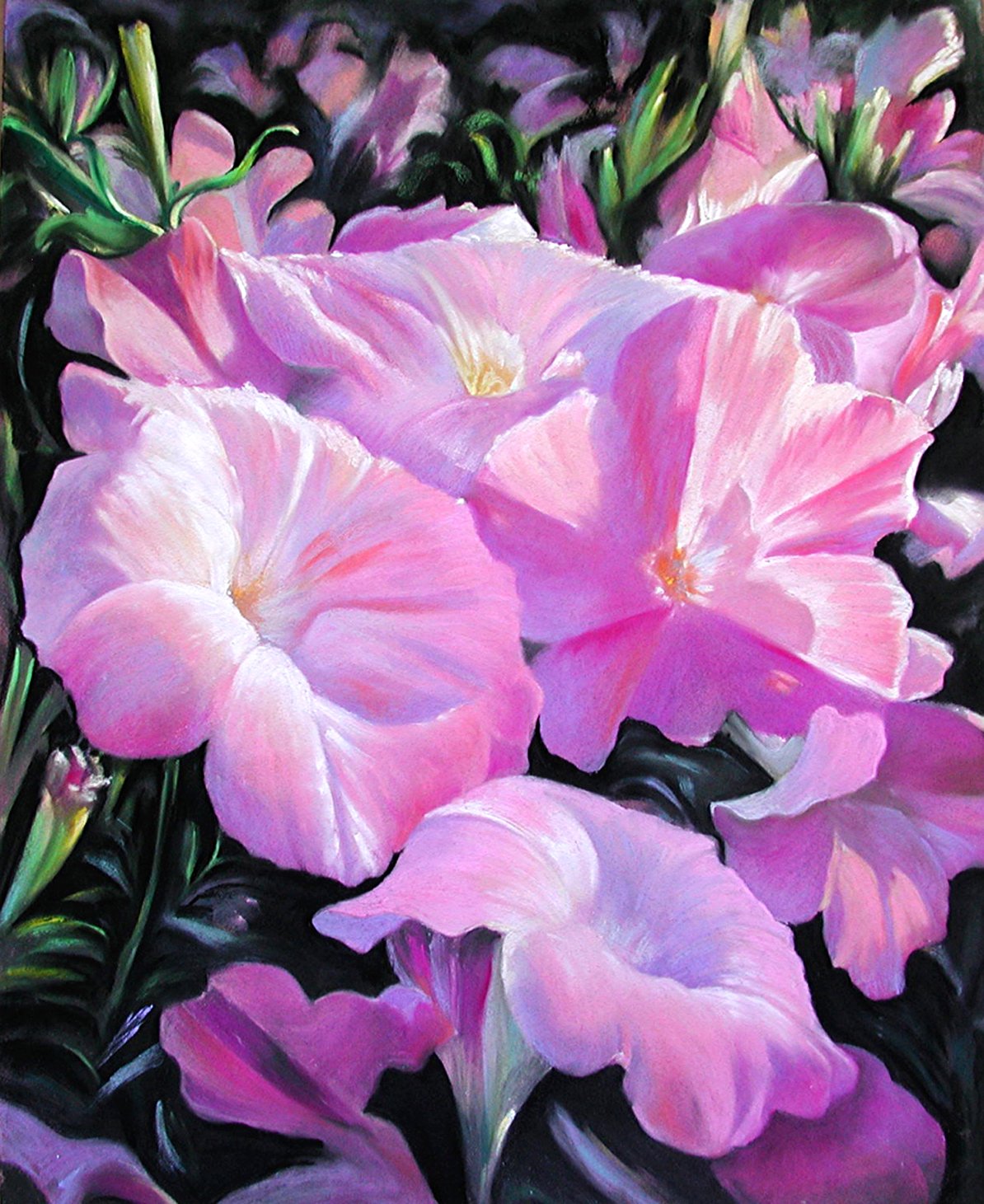
Suzanne Jack
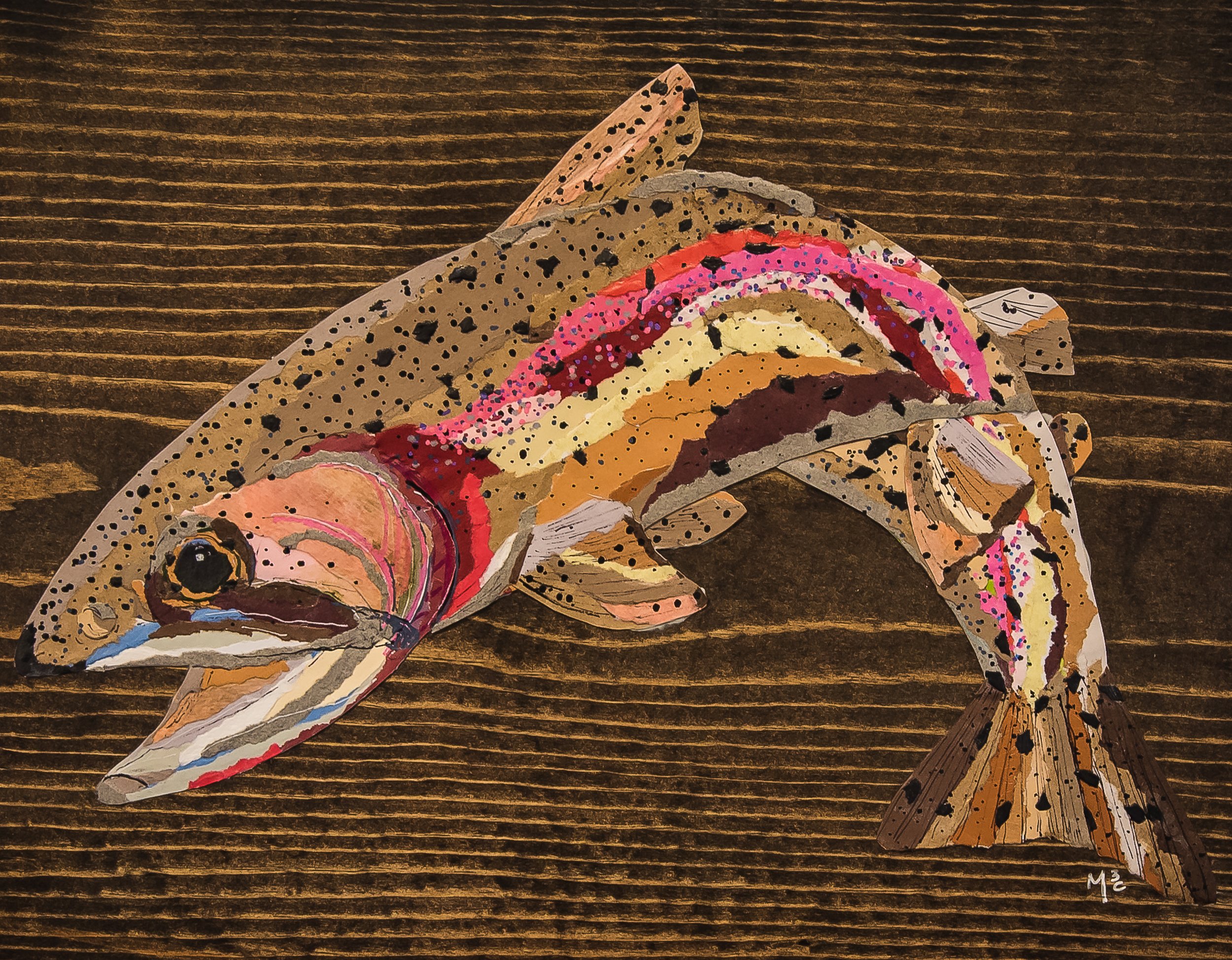
Michaelanne Collins
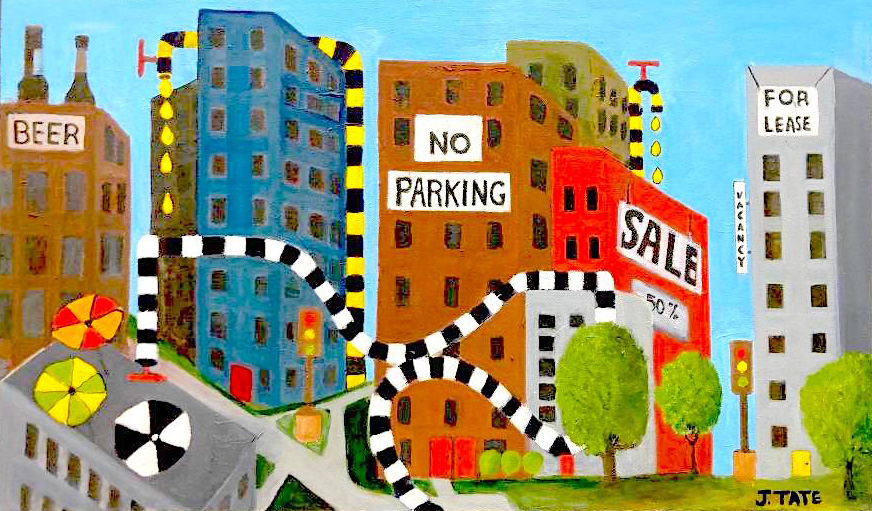
Joe Tate

David G. Liles Contact: tnyellowtomcat@yahoo.com

Lyn Flowers

Debby Hall
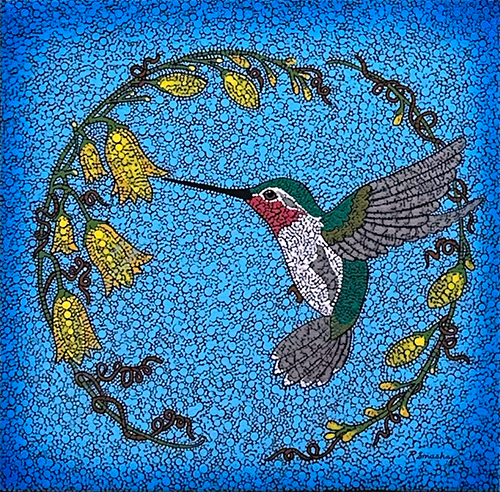
Roberta Smashey
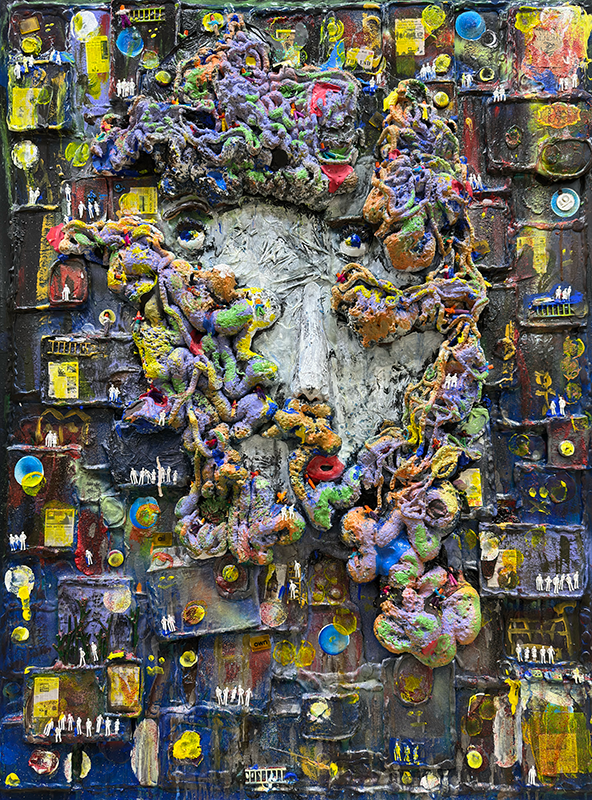
Lois Trader

David G. Liles Contact: tnyellowtomcat@yahoo.com
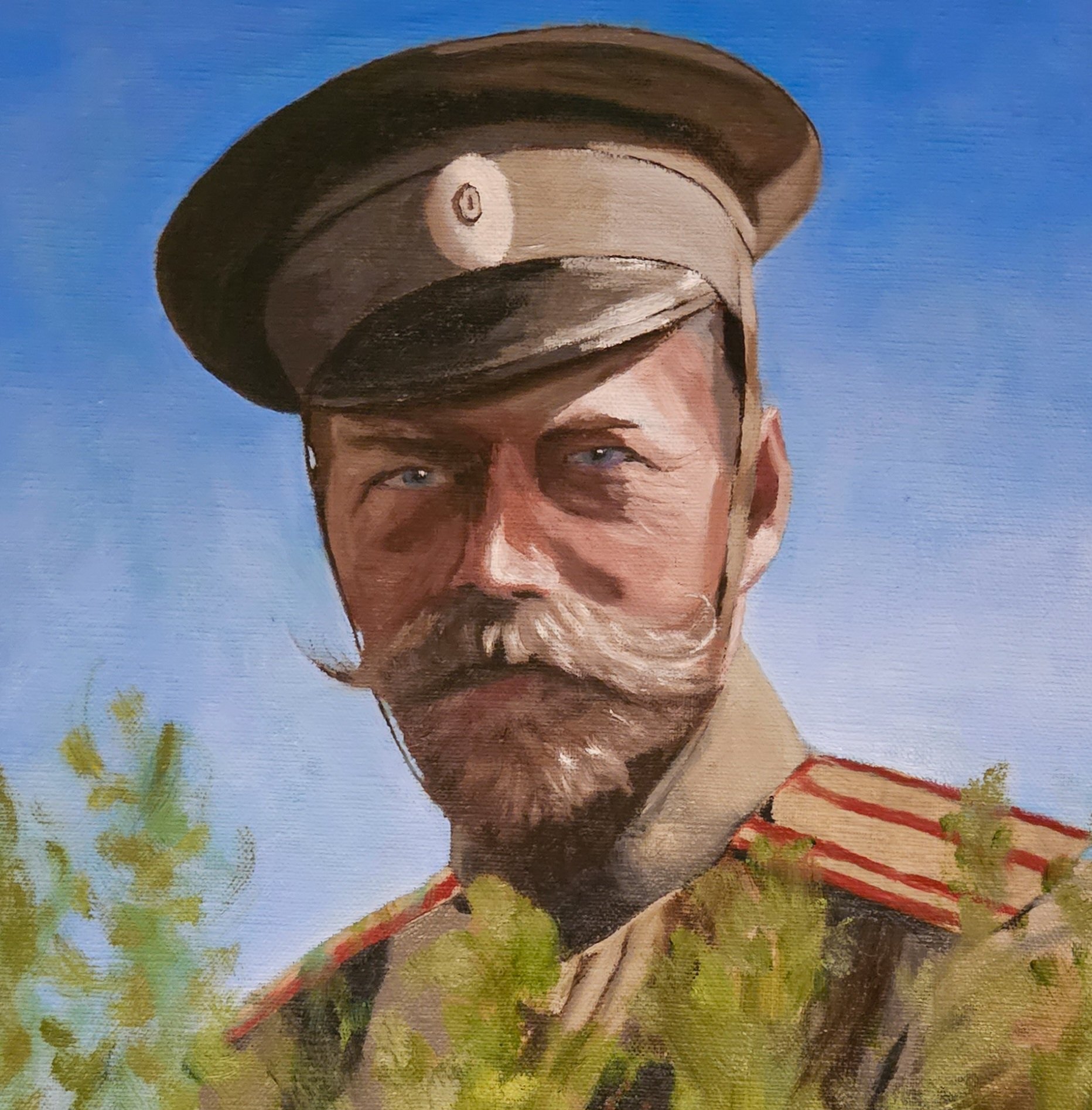
Kaylie Roy
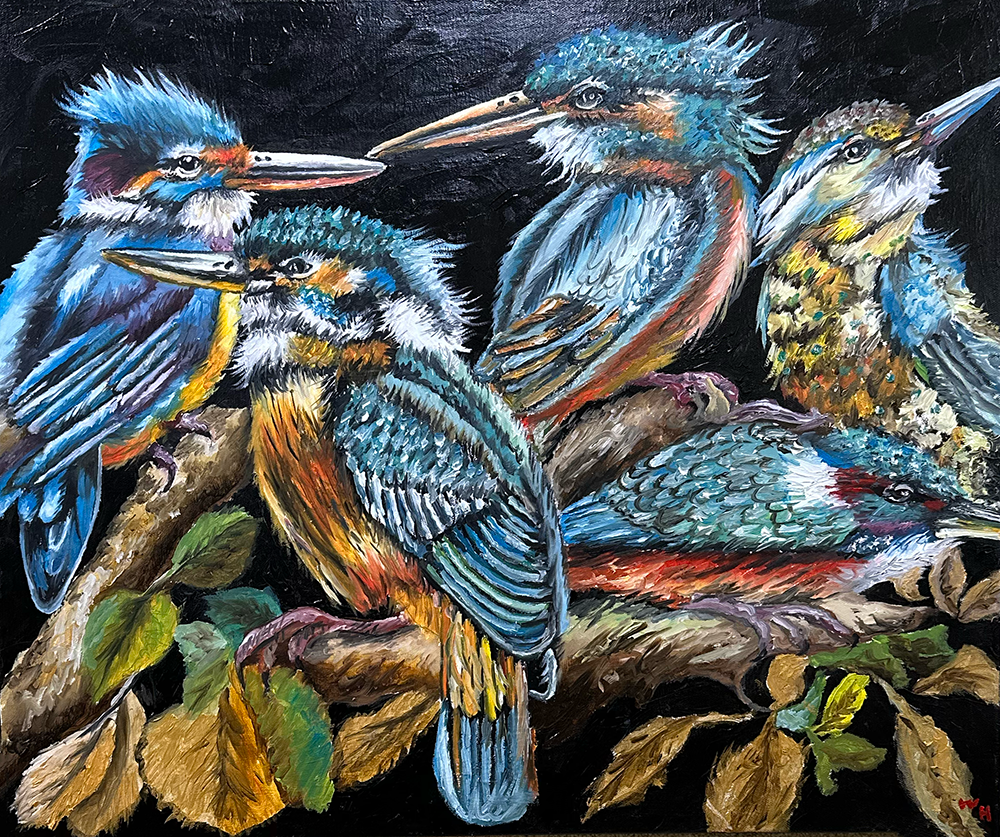
William Holbert
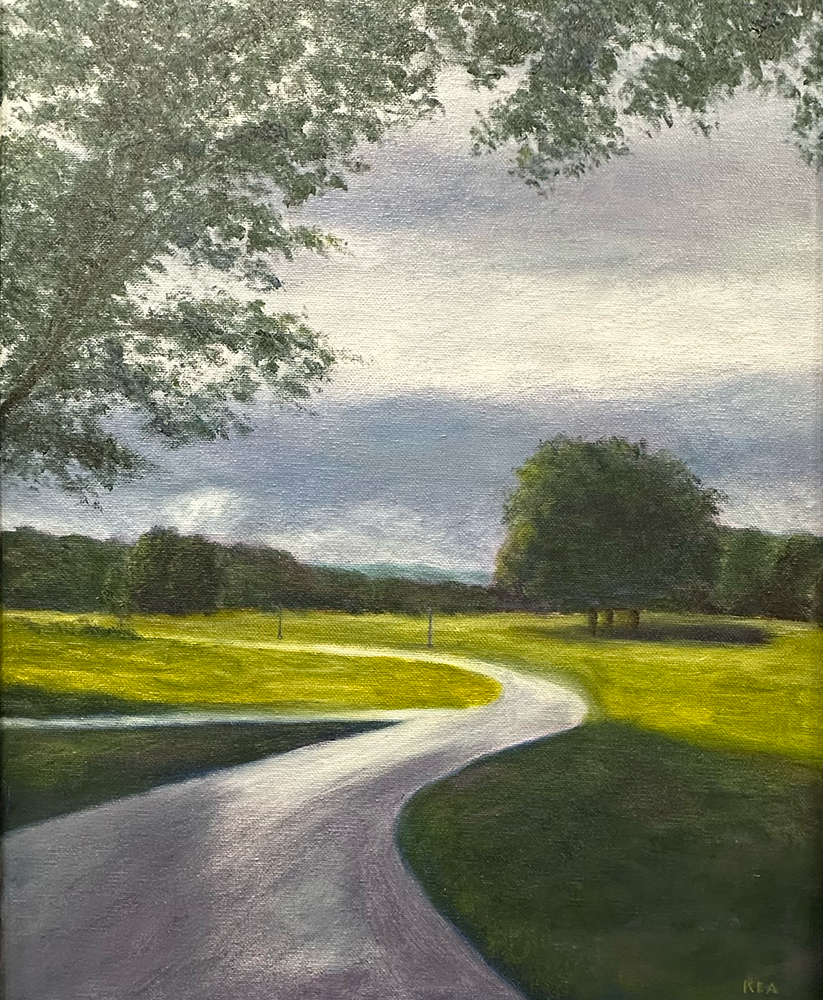
Ken Anderson
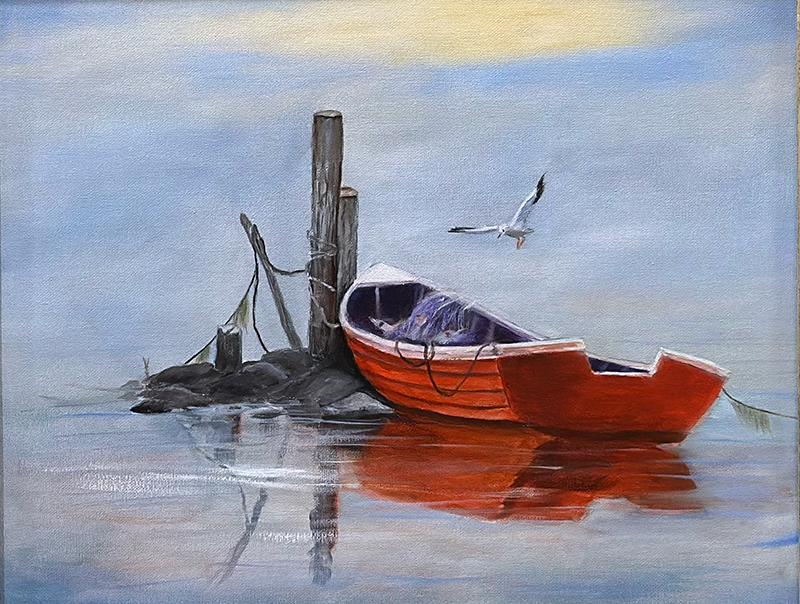
Buddy Person
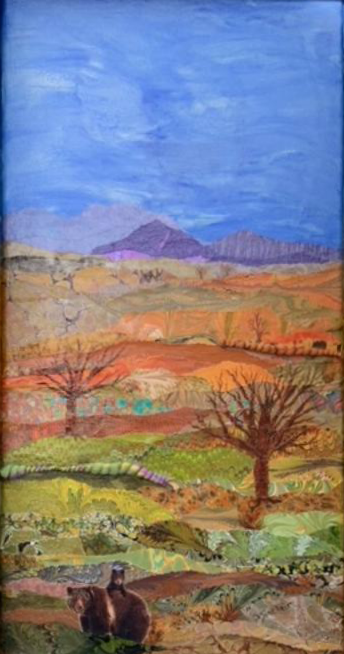
Judy Sinclair
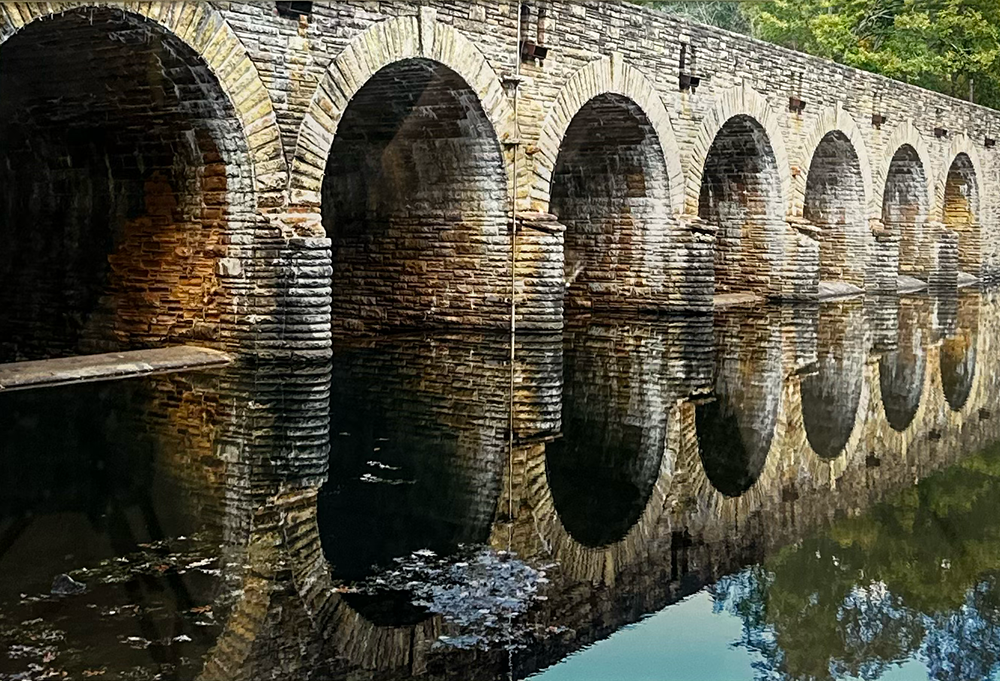
Andreas Koschan
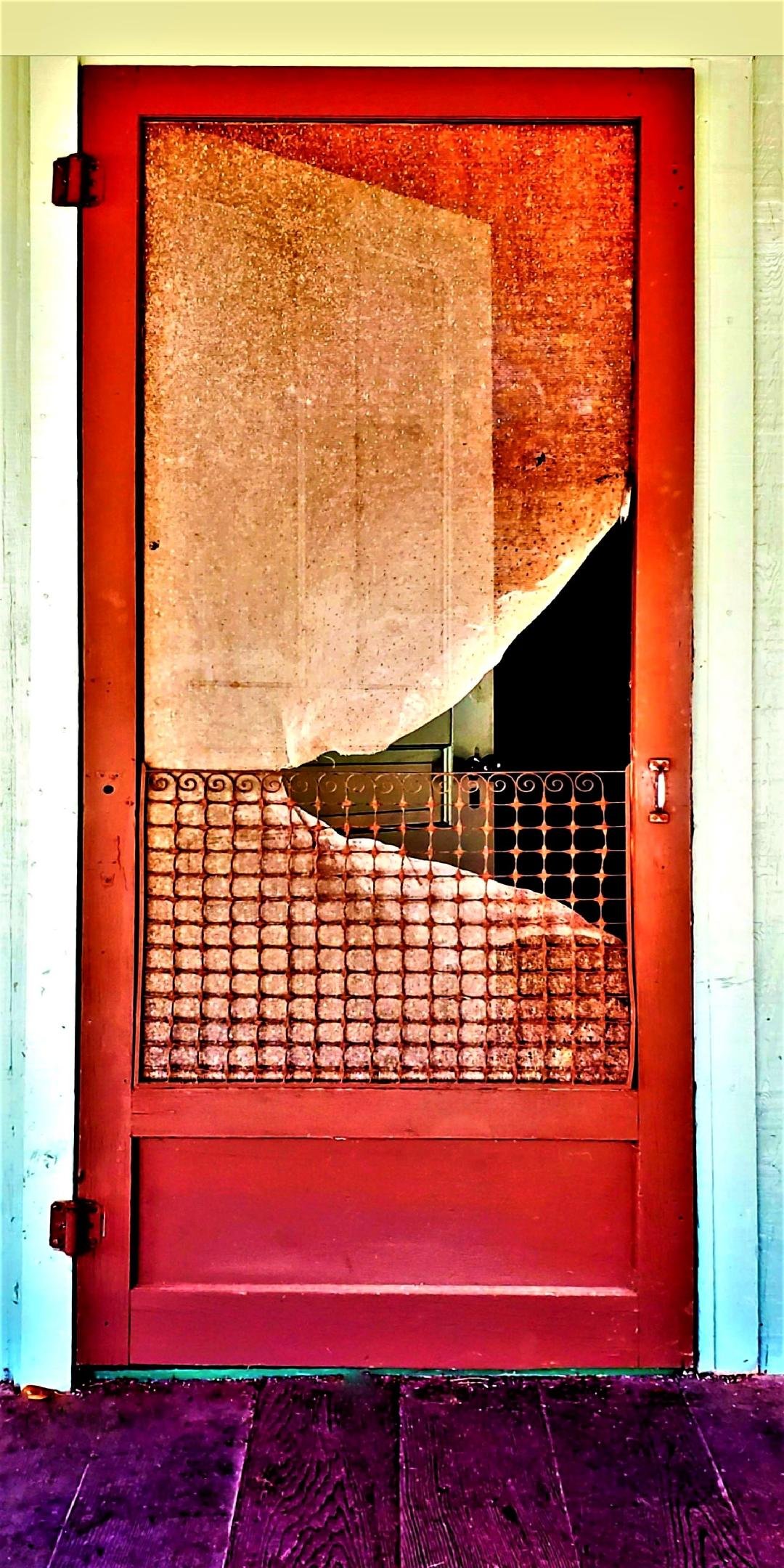
David Liles

Debby Hall
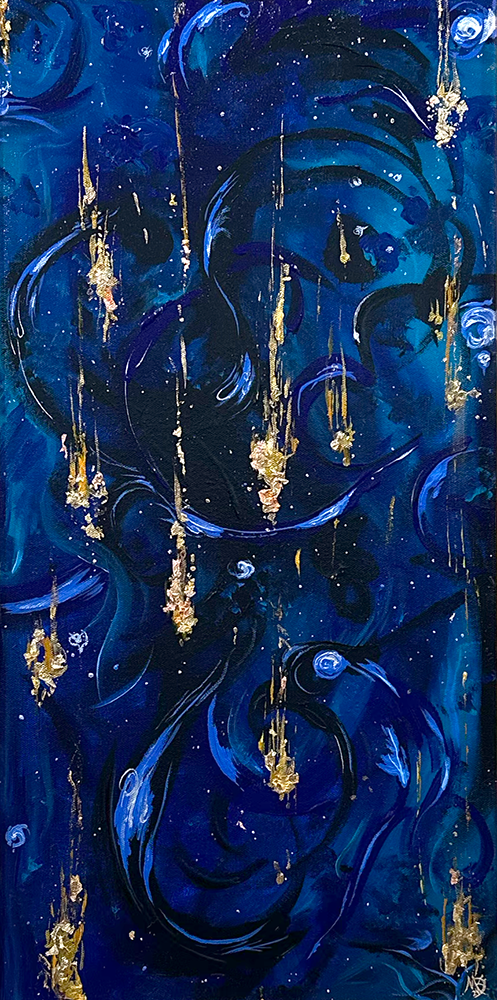
Michelene Deisher
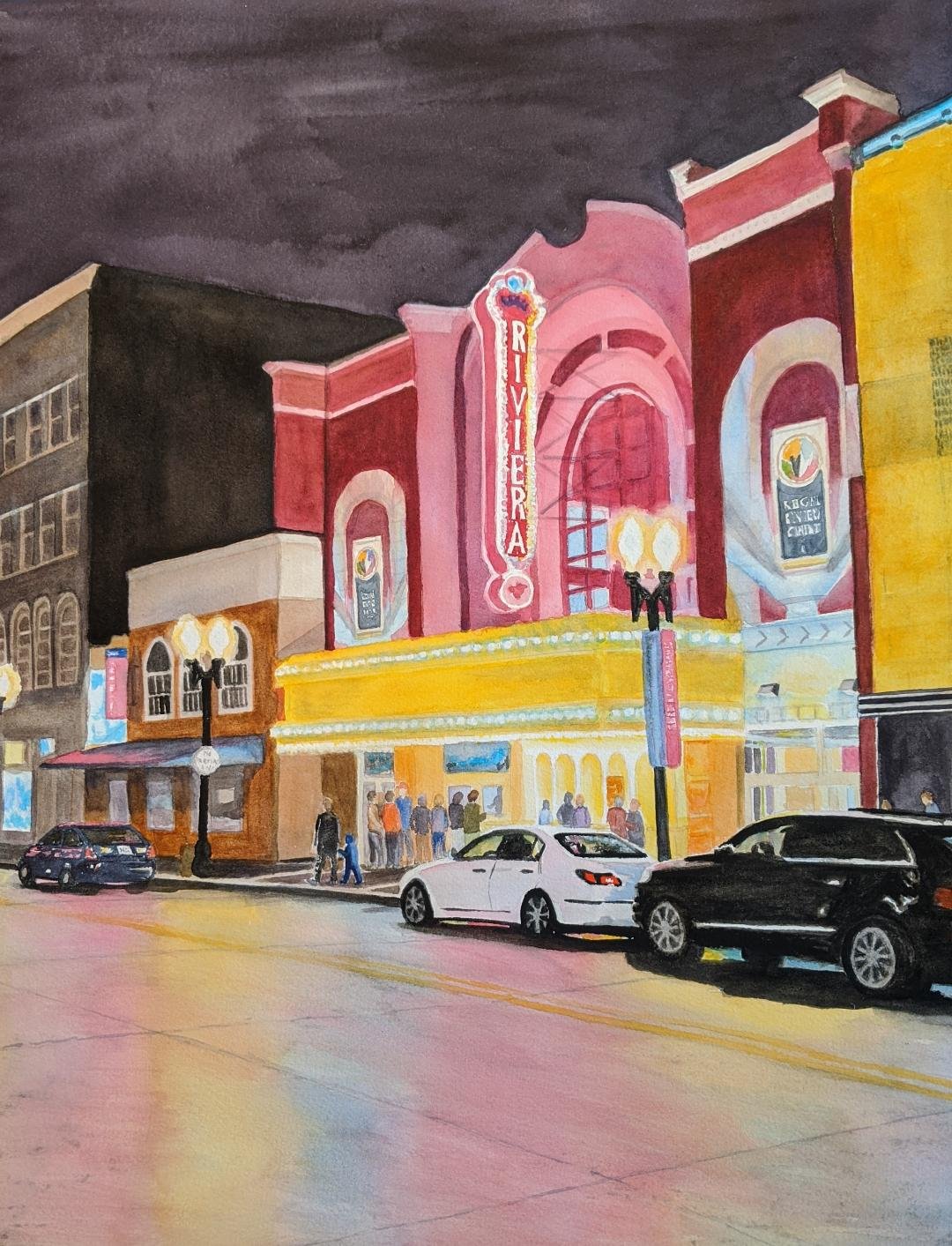
Cheryl Massey
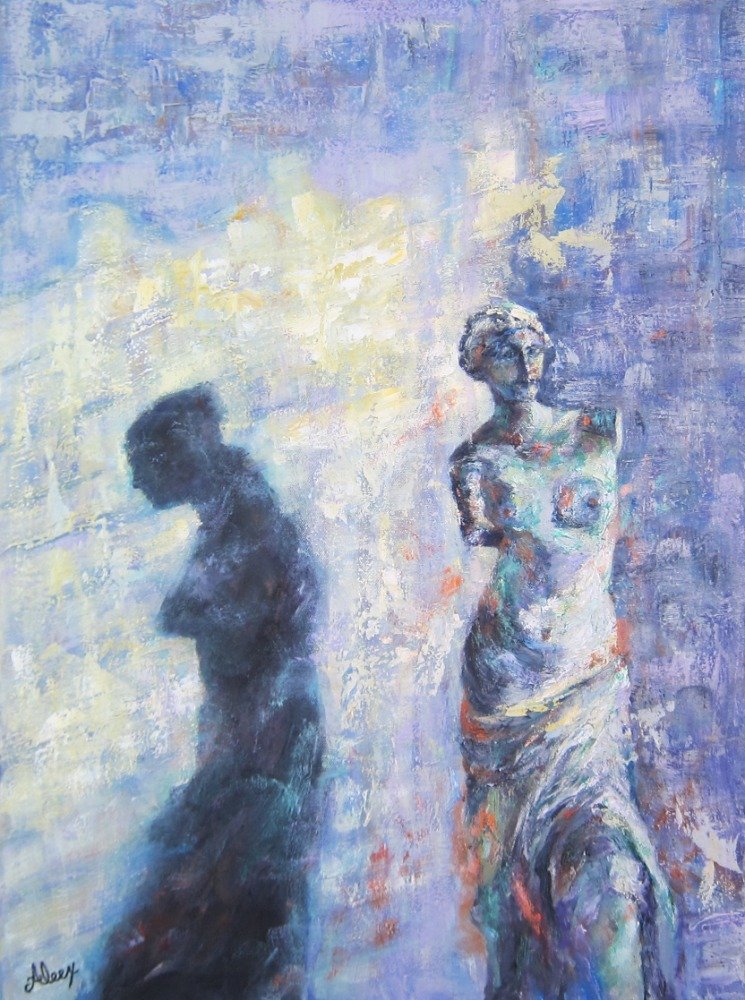
Aleex Connor
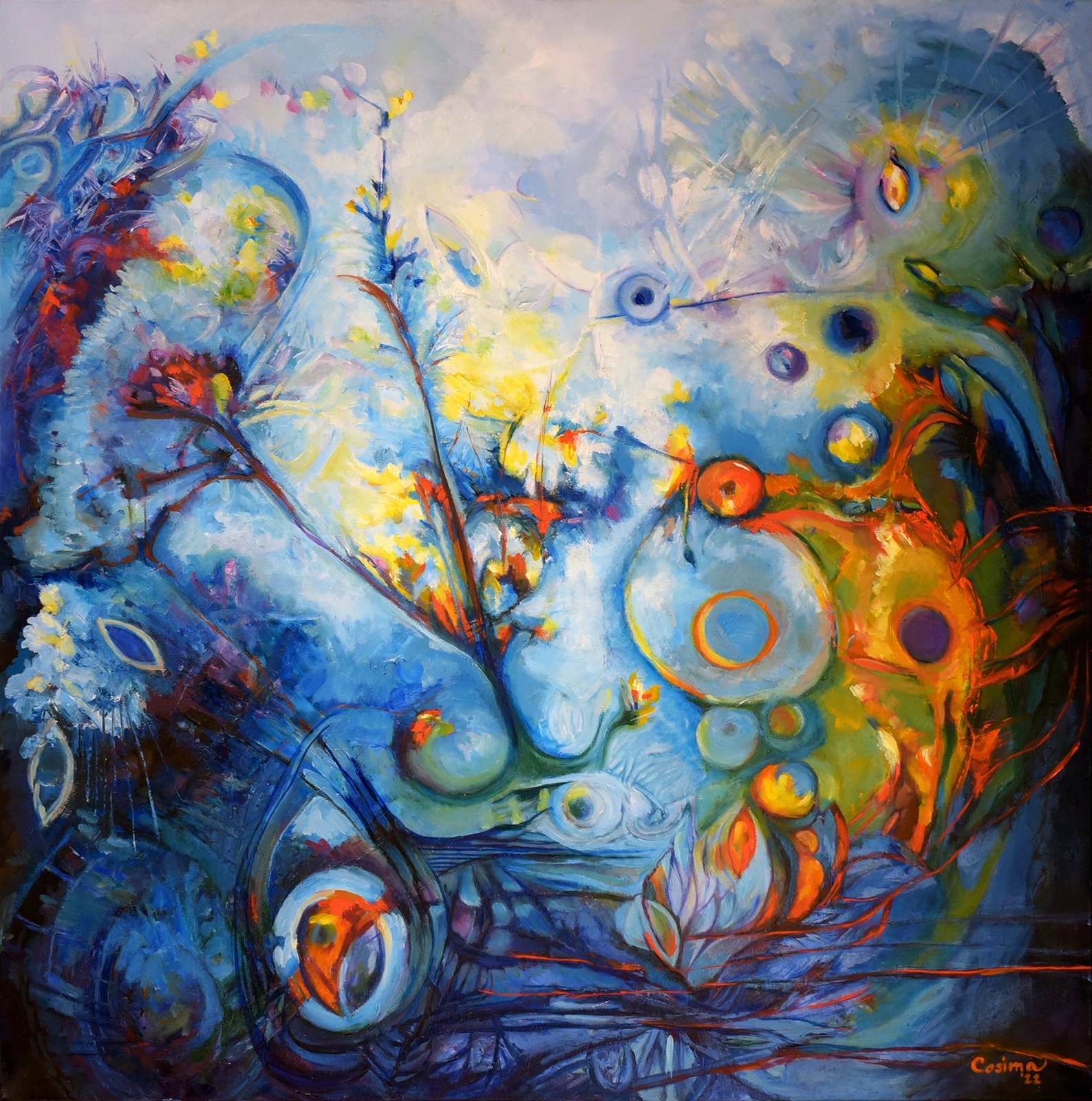
Cosimas Risolvo
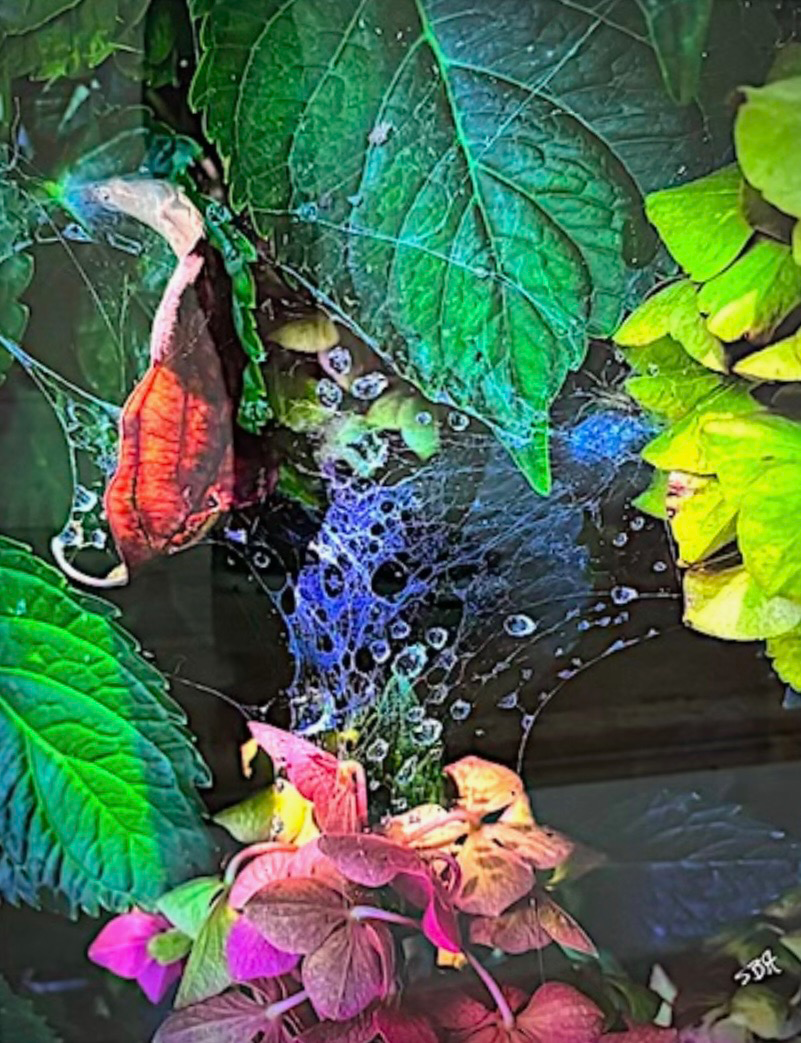
Sandy Ange
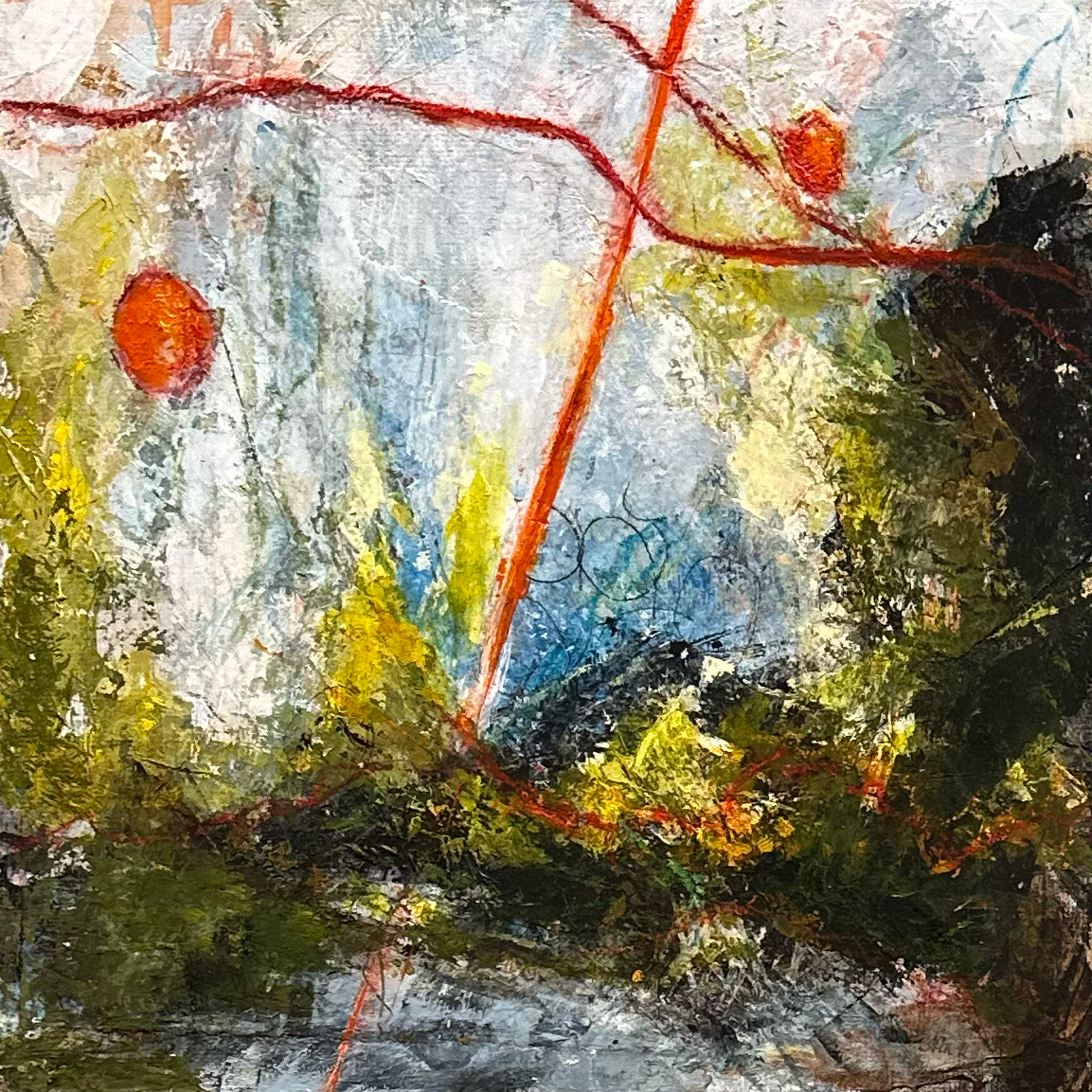
Noreen Norton
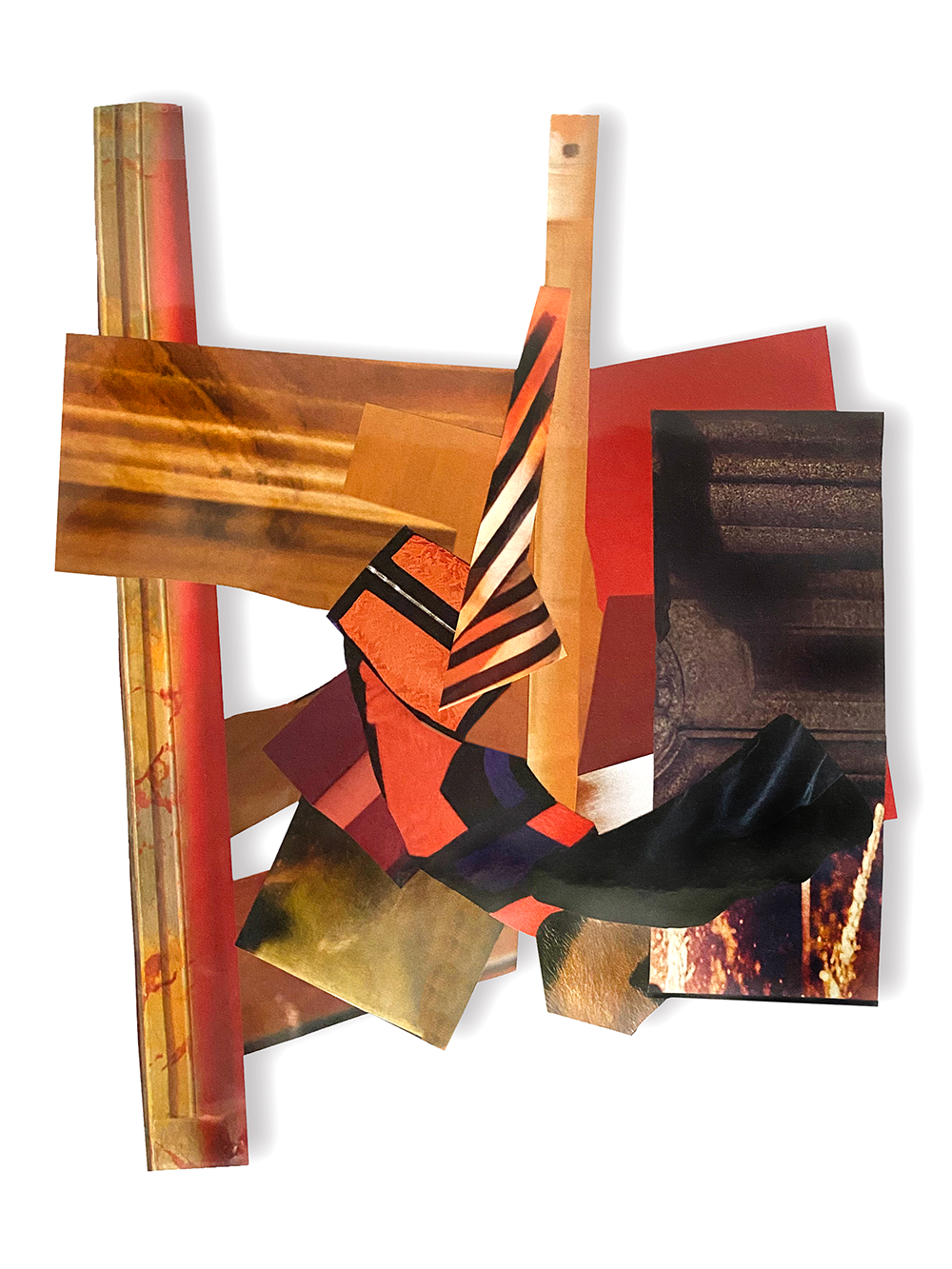
Kira Evans
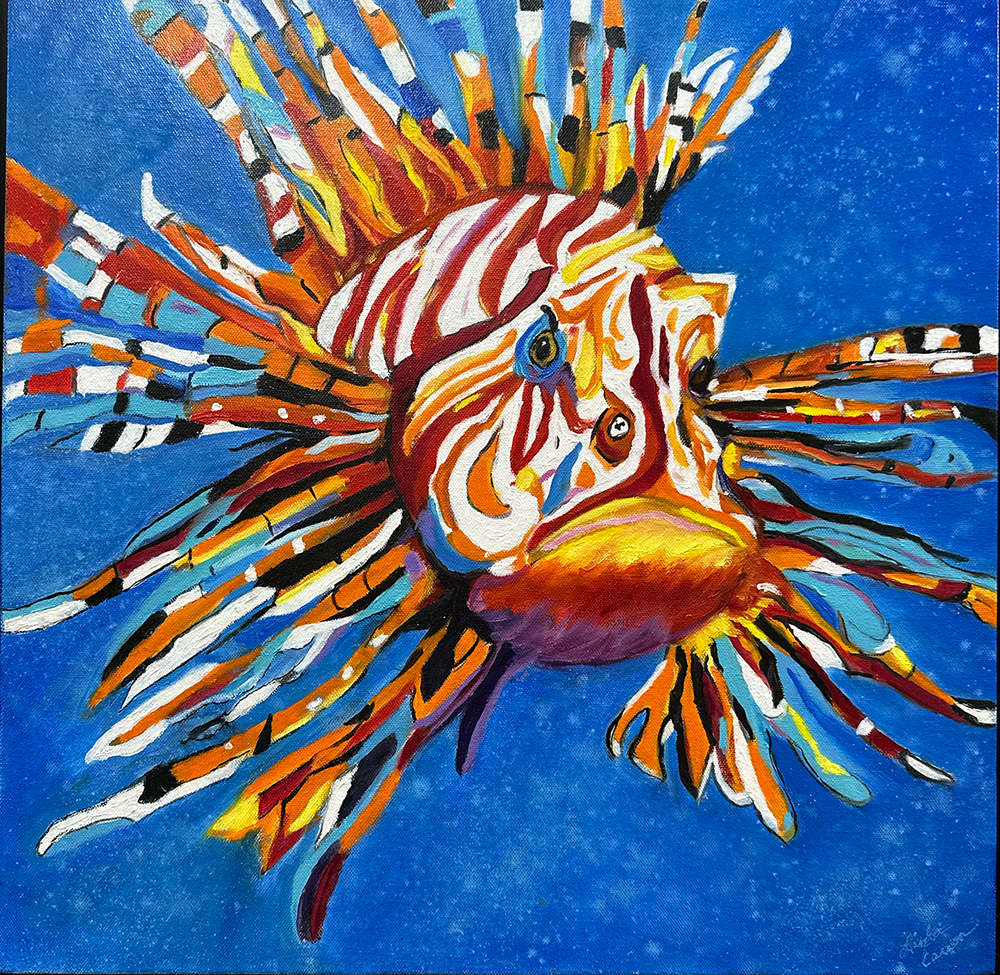
Linda Carson
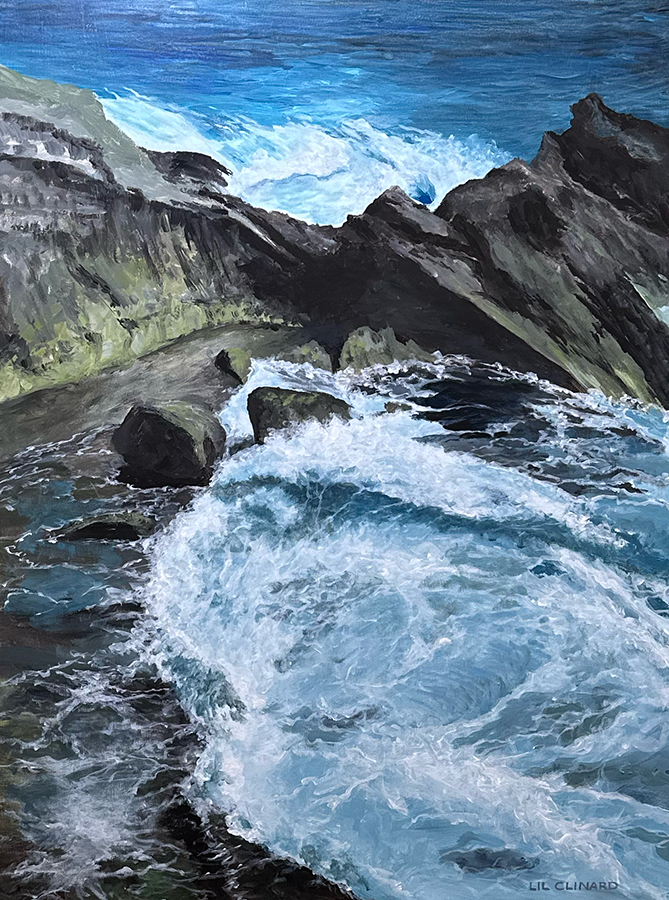
Lil Clinard
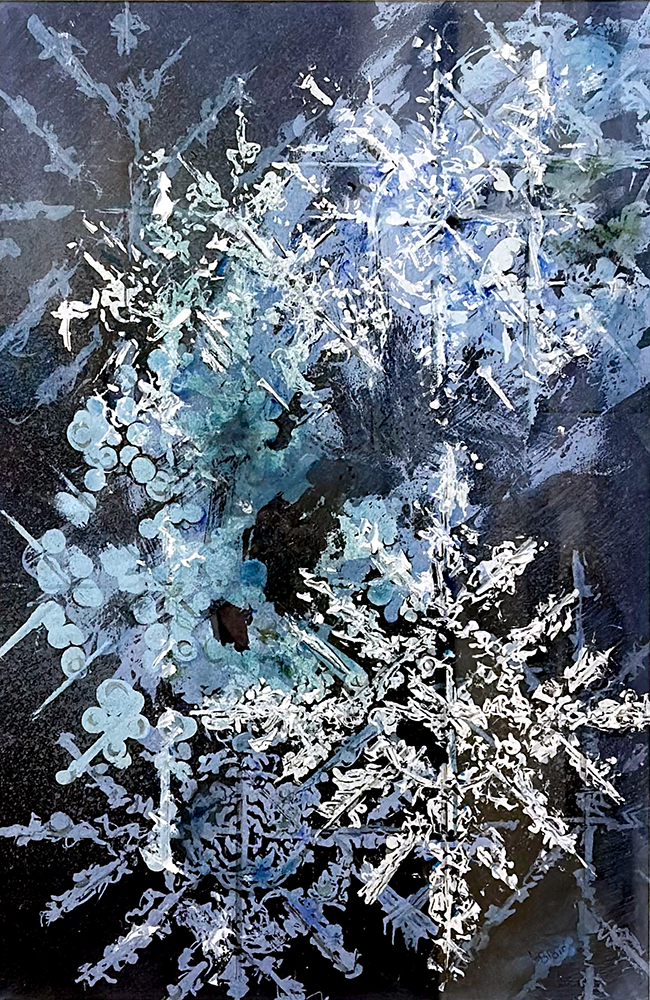
Linda Blair
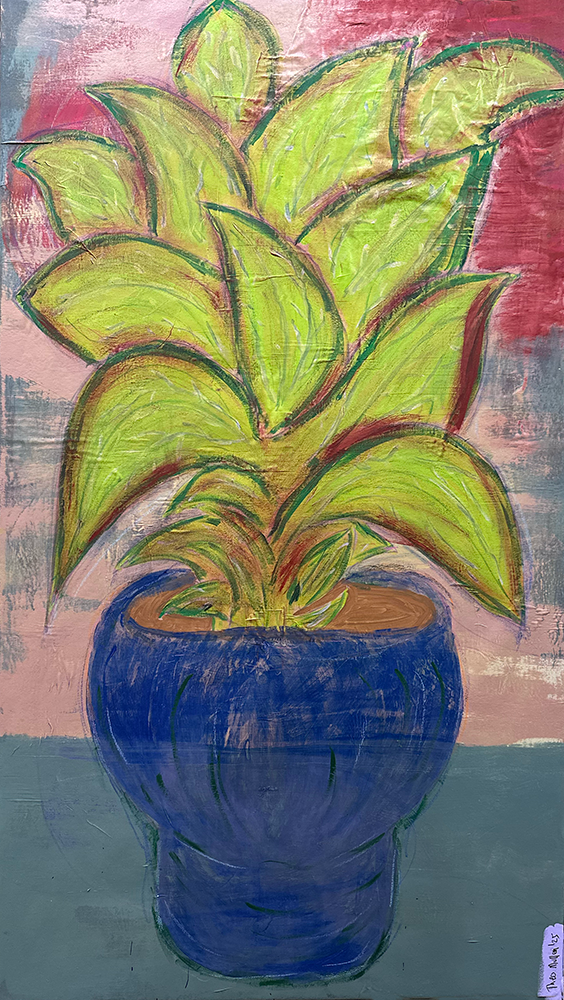
Theo Mullen
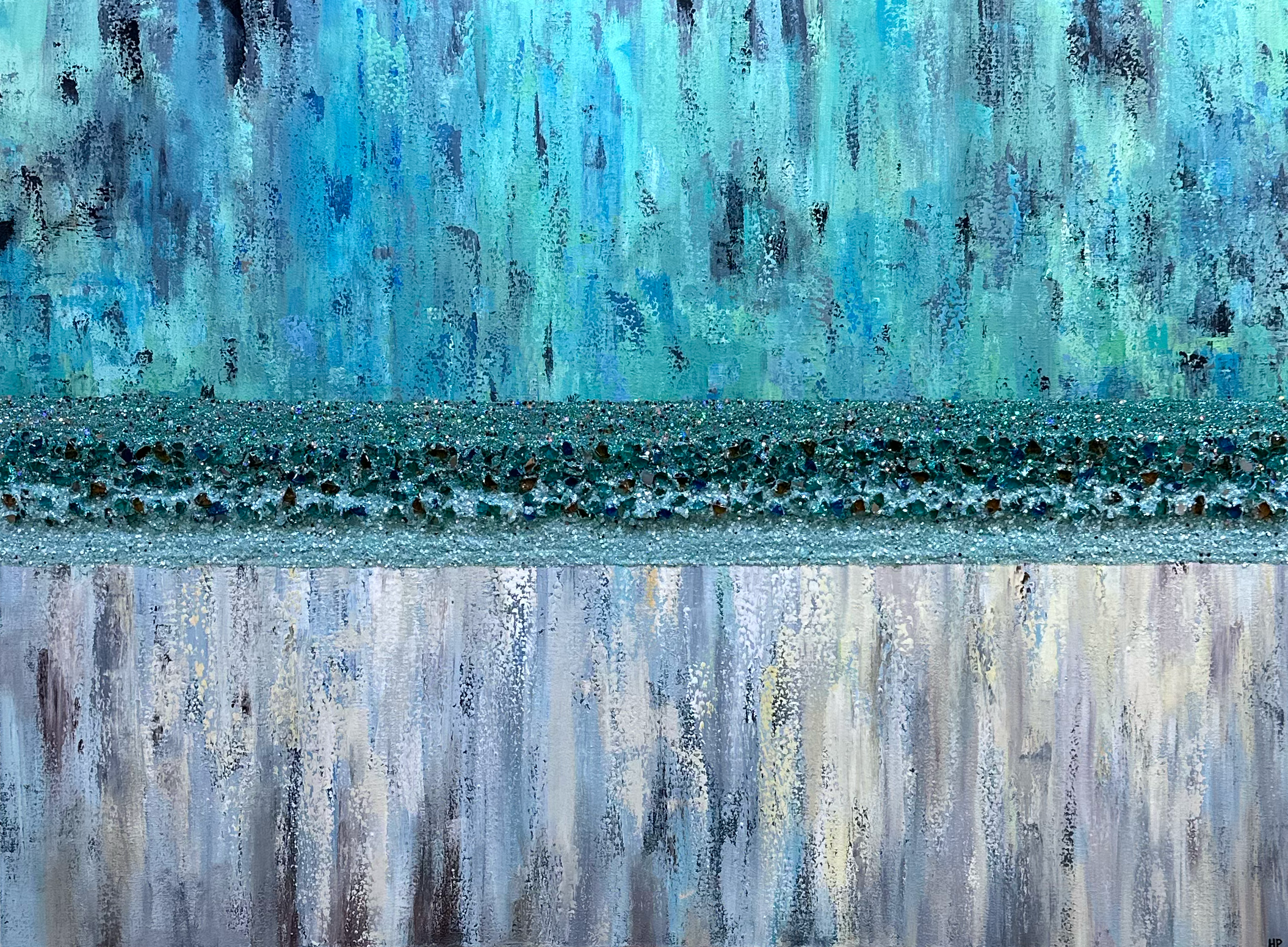
Holly Pawlowski
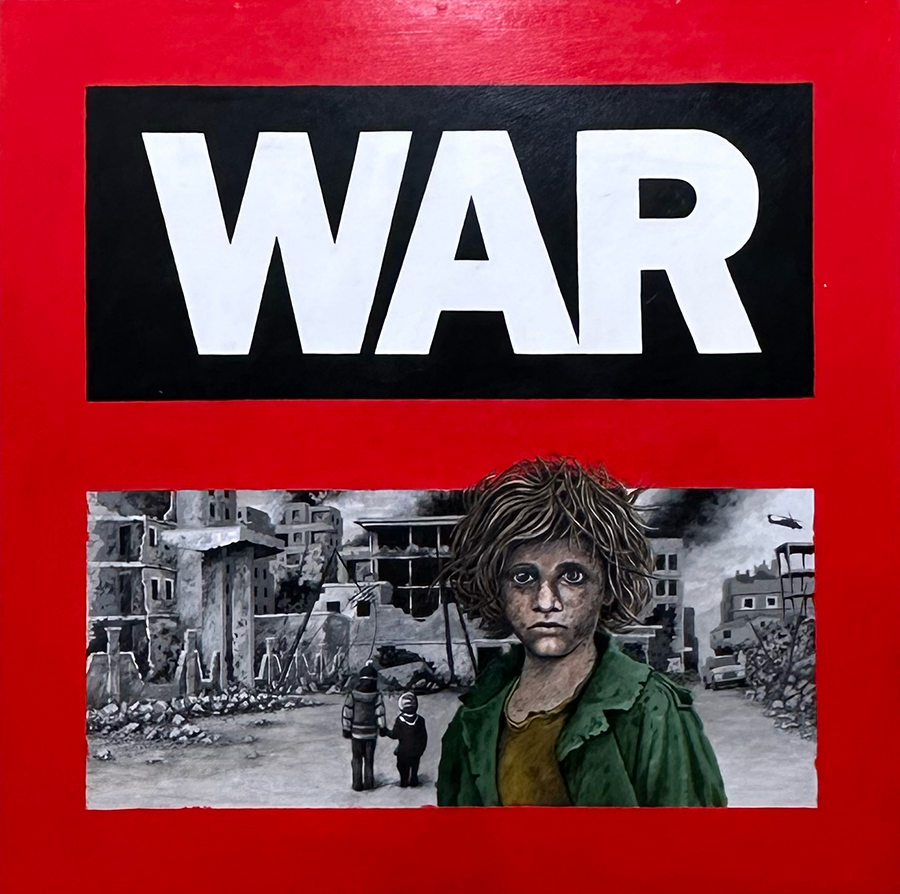
Allan Sibley
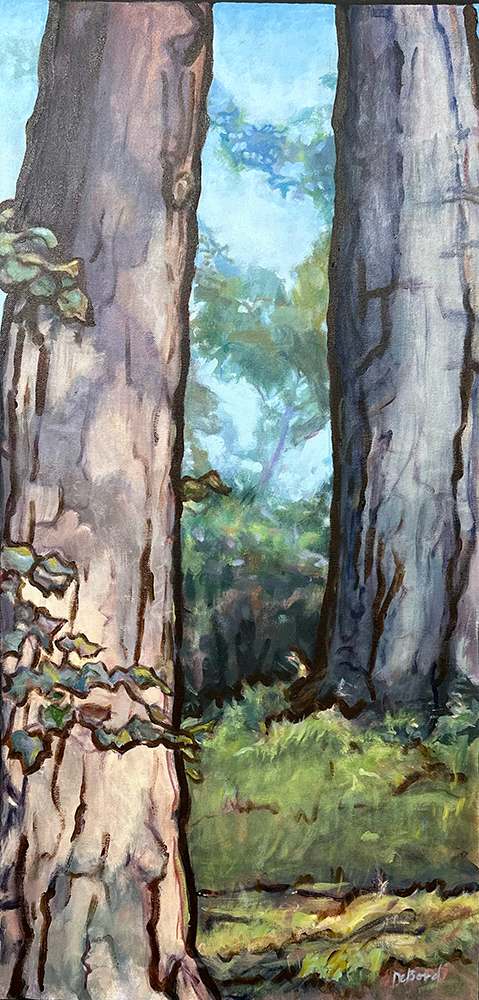
Bebe Debord
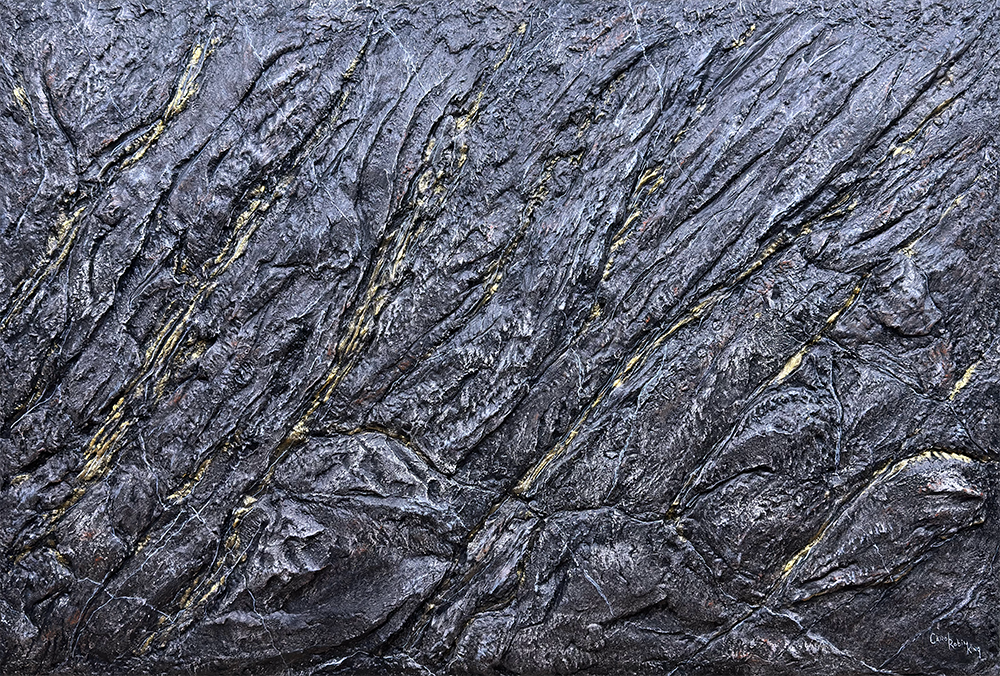
Carol Robin King
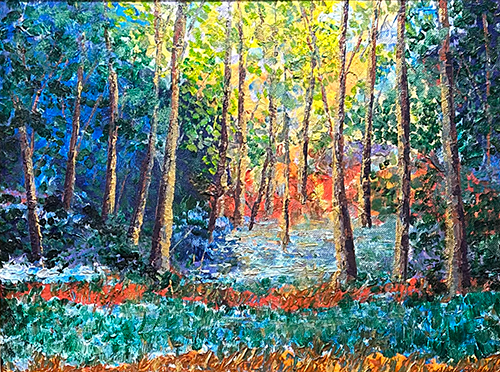
Alexis Baranek
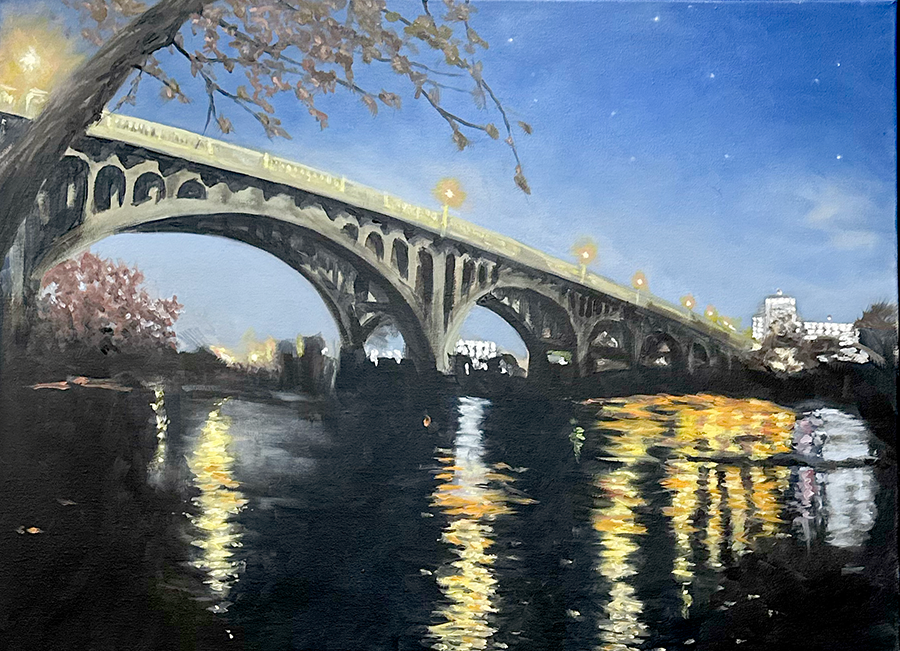
Pete Dougherty
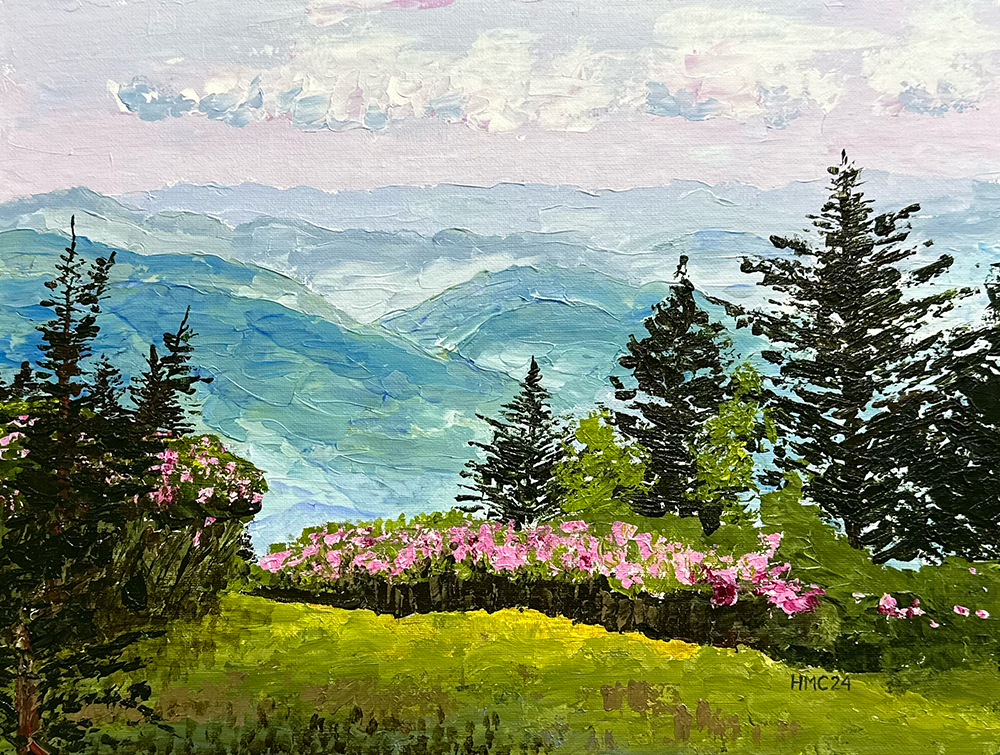
Hans Christian

Crystalyn Miller
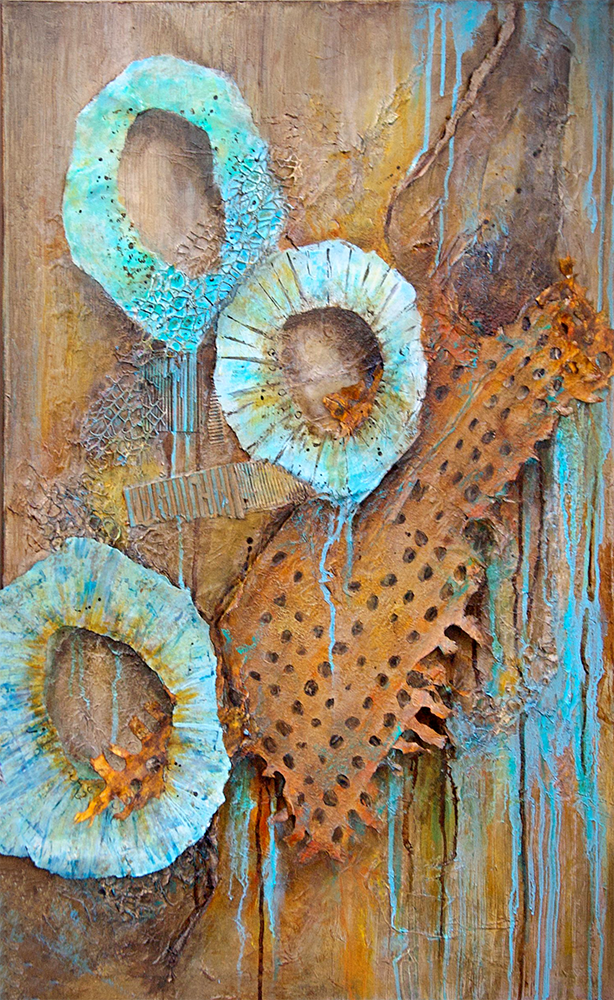
Joni Smith
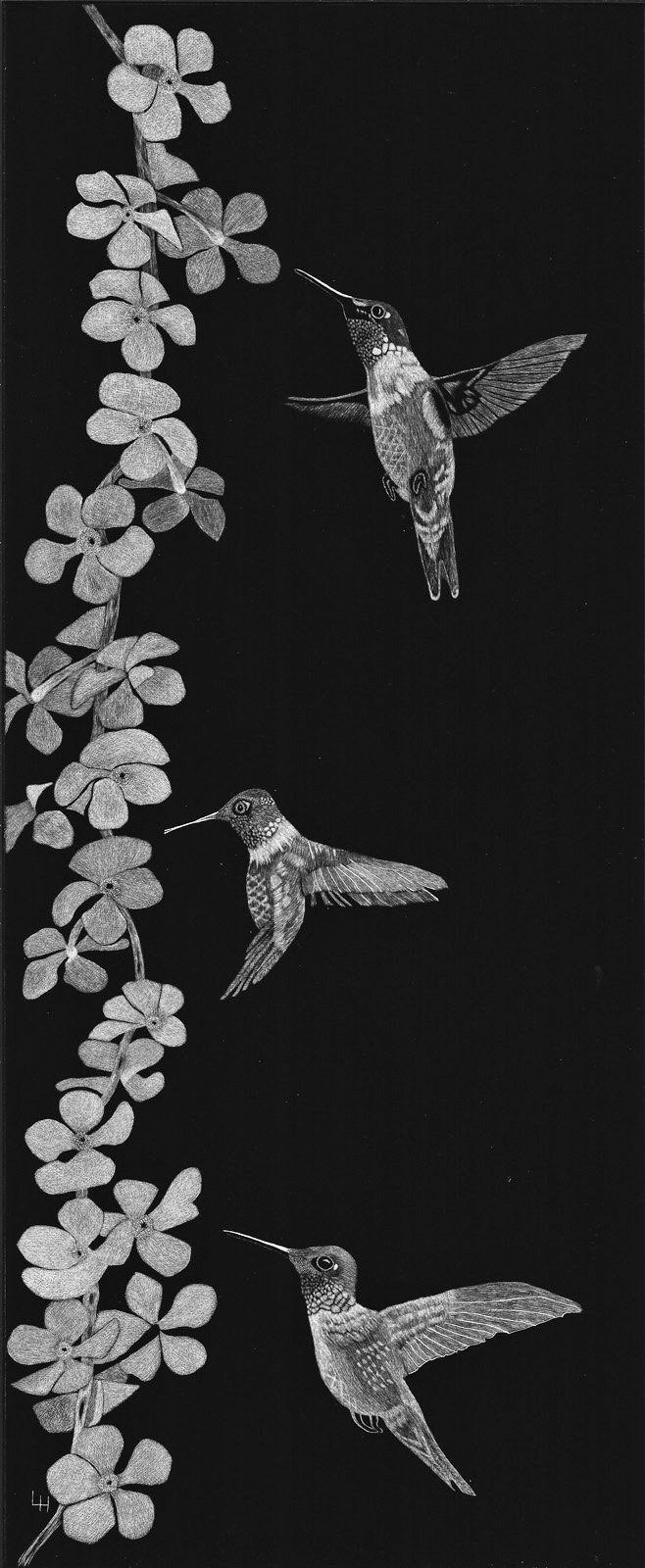
Laurel Hughes laurel21584@gmail.com
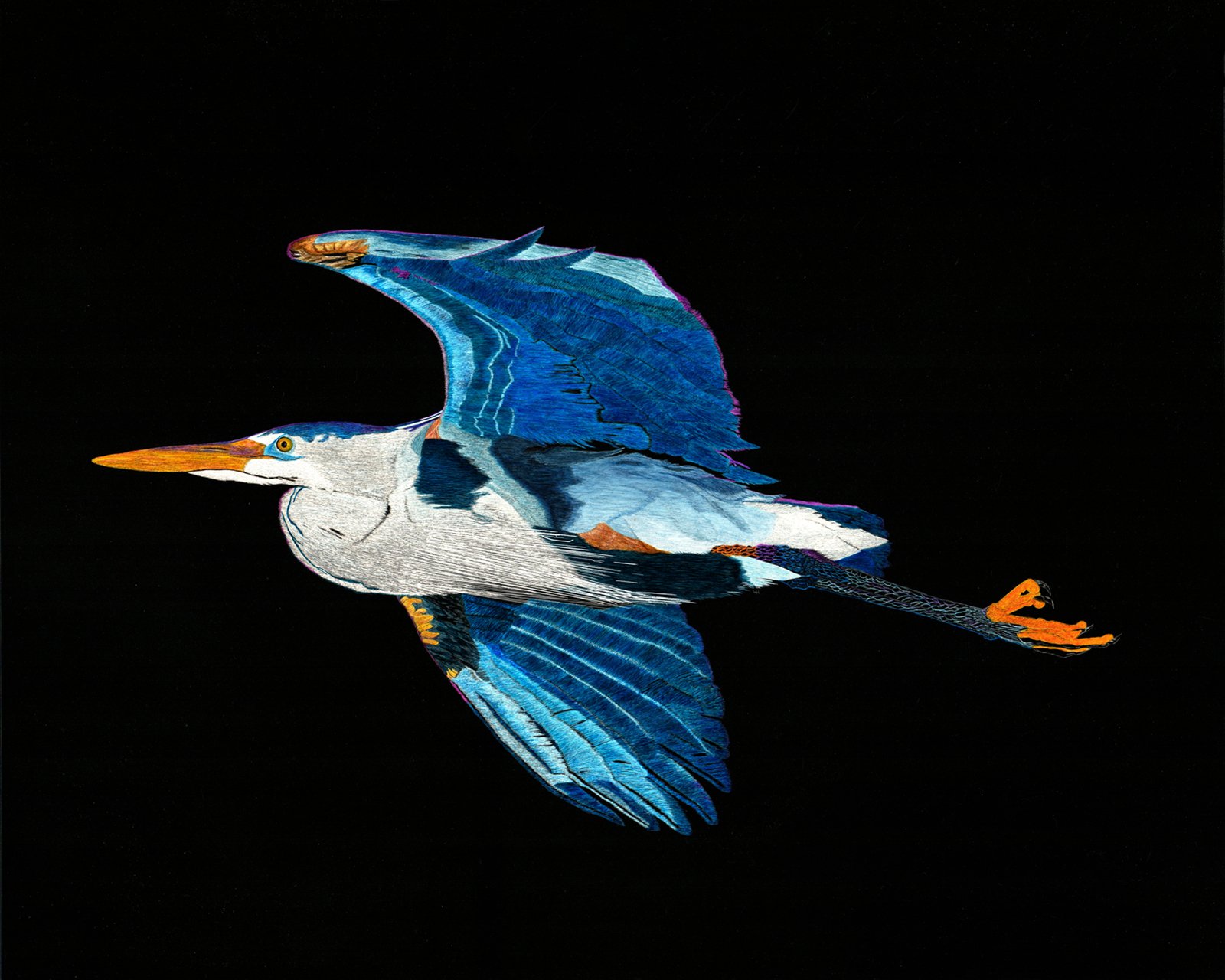
Laurel Hughes laurel21584@gmail.com
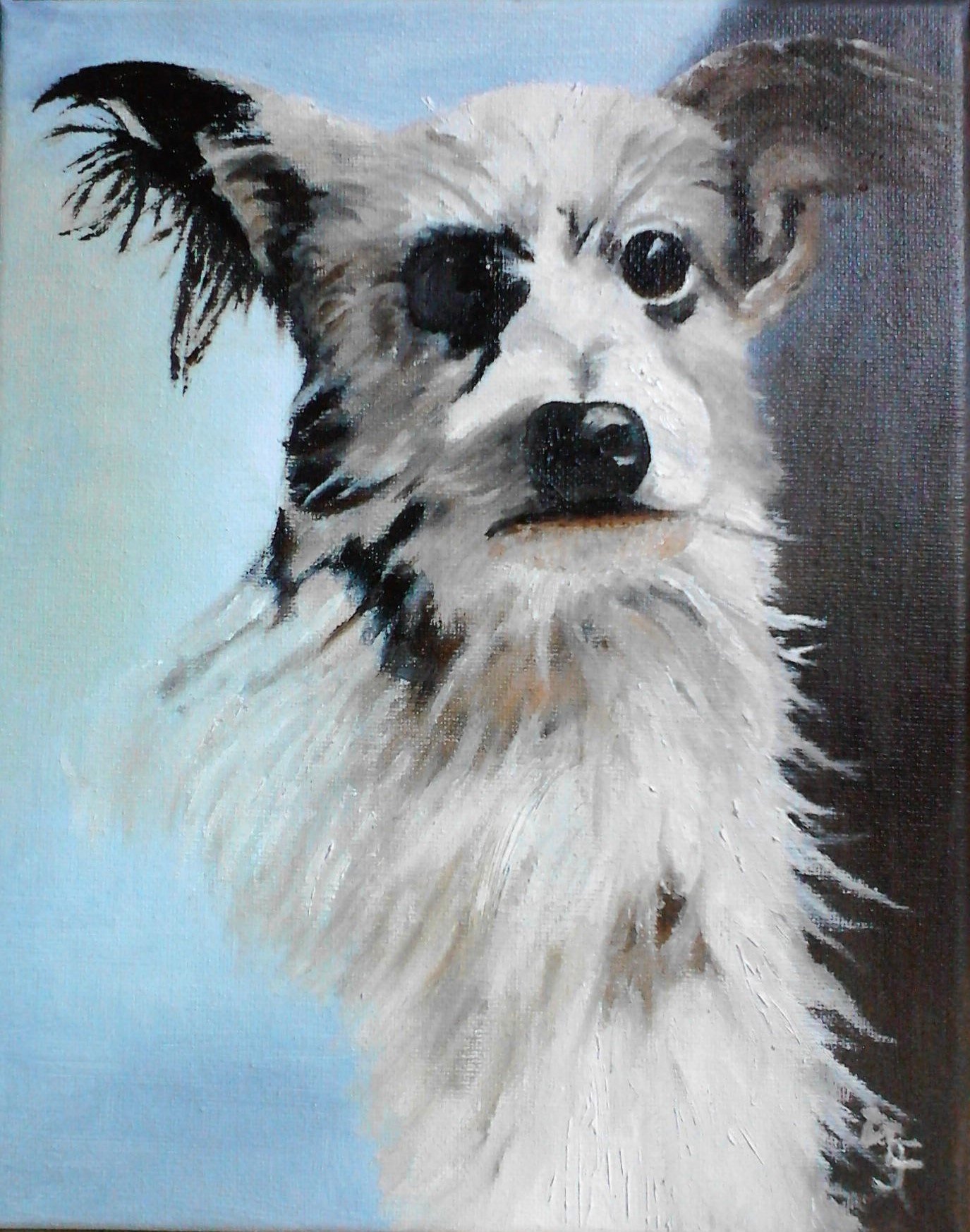
Lorraine Jacques lradj1@yahoo.com

